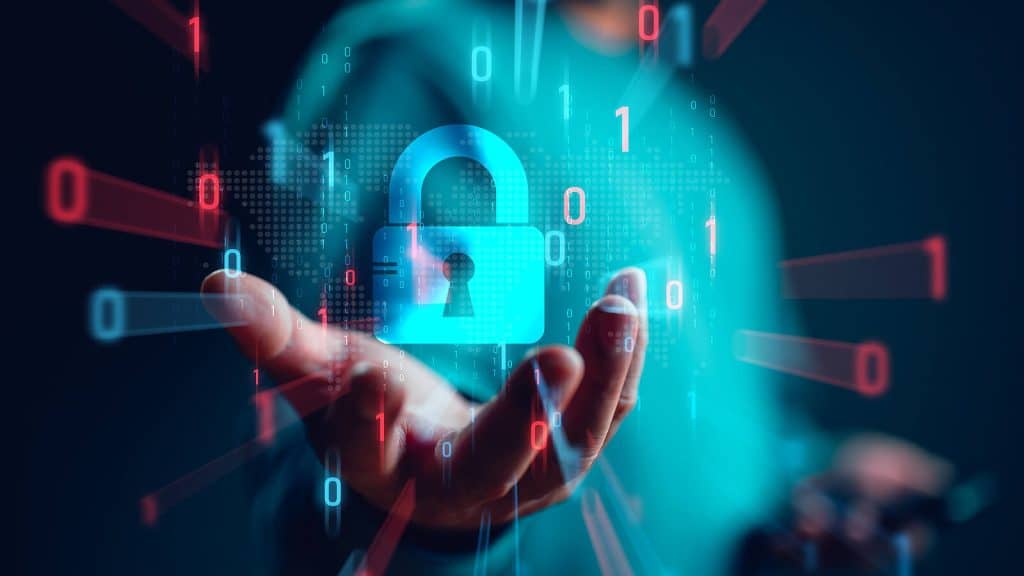Data. It’s everywhere, and this availability makes it vulnerable to internal and external threats to an organization. MSPs, along with their end customers and a slew of other entities, need to wake up to the need for data encryption to protect themselves and their customers.
Just last week, Google announced that it is now safeguarding emails sent through the platform’s web interface with client-side encryption for its Workspace and Education customers.
This innovation comes at a time when worries about online privacy and information and data security are at an all-time high, and people who value the safety of their data are sure to applaud it.
Let me briefly explain encryption before I go on.
Encryption is a process of encoding data so that someone with the decryption key can only access it. It is an essential tool for protecting data from unauthorized access or tampering, particularly when it is transmitted over a network or stored in a device vulnerable to unauthorized access.
There are many reasons why encryption is important for data security. Some of the main ones include:
- Confidentiality: encryption helps to protect the confidentiality of data by making it unreadable to anyone who does not have the decryption key. This is important for sensitive information such as financial data, personal identification information, and confidential business documents.
- Integrity: Encryption helps to ensure data integrity by detecting any changes or tampering that may occur during transmission or storage. This is important to prevent data from being corrupted or altered by unauthorized parties.
- Non-repudiation: Encryption provides a way to verify the authenticity of data and the sender’s identity. This is important to prevent someone from denying that they sent a message or claiming that it was altered in transit.
- Compliance: Many industries and organizations have regulations that require encryption to protect sensitive data. For example, the healthcare industry has the Health Insurance Portability and Accountability Act (HIPAA), which requires encryption to protect personal health information.
In summary, data encryption is a critical component of data security because it helps to protect the confidentiality, integrity, and authenticity of data, and regulatory standards often require it. There are many types of organizations that implement encryption for data security, and some examples include:
- Healthcare organizations: Healthcare organizations often handle sensitive patient information and are required to protect this information through various means, including encryption.
- Financial institutions: Financial institutions like banks and credit card companies also handle sensitive personal and financial information and use encryption to protect this information from unauthorized access.
- Government agencies: Government agencies at all levels (federal, state, and local) often handle sensitive information and use encryption to protect this information from unauthorized access.
- Educational institutions: Educational institutions, such as schools and universities, also handle sensitive information about students and faculty and use encryption to protect this information.
- Businesses: Many businesses, particularly those that handle sensitive customer or business information, also use encryption to protect this information from unauthorized access.
- Online service providers: Service providers, such as email and cloud storage providers, often use encryption to protect their users’ data.
- Nonprofit organizations: Nonprofit organizations may also handle sensitive information and use encryption to protect this information from unauthorized access.
News about data loss and breaches is a constant.
In recent news, U.S. Senators want agencies to encrypt data before sharing it with the new NSF database.
Data can be effectively protected from unauthorized or illegal processing by being encrypted. At the same time, it is being stored, such as on a laptop, mobile device, USB or backup media, databases, and file servers.
Can data be too secure?
Protecting data from unauthorized access, misuse, or loss is crucial. However, there is a balance to be struck between security and accessibility. If data is too secure, it may be difficult or impossible for authorized users to access and use it, hindering productivity and effectiveness.
For example, if data is encrypted with a robust encryption algorithm and the decryption key is not easily accessible, it may be difficult for authorized users to access and use the data. On the other hand, if the data is not secure enough, it may be vulnerable to unauthorized access or misuse, which can have serious consequences such as data breaches, identity theft, and financial loss.
It is important to strike a balance between security and accessibility to ensure that data is protected while still being accessible to authorized users. This can be achieved by implementing appropriate security measures, such as strong passwords, encryption, and access controls, while also ensuring that authorized users have the necessary access to the data they need to perform their duties, such as a system that allows users to open files in different places without logging in or providing a password, to make decryption as transparent as possible.
As more evidence of the seriousness of encryption for data security, Apple recently announced Advanced Data Protection for iCloud, using end-to-end encryption to provide Apple’s highest level of cloud data security.
On the flip side of encryption, let’s take a look at some ways that a security solution decrypts data.
Employees may automatically access encrypted data with no latency and no password requirements, thanks to invisible decryption. In this scenario, sensitive data can continue to be used in an uninterrupted fashion while the data remains useless to any hostile actor.
Ultimately, you want your users to automatically decode any encrypted file when it is associated with an application when automatic decryption is applied by channel. Any solution should effortlessly satisfy the requirements of the present-day high-tech work environment.
A CEO of a midsize MSP at a recent conference asked me what needed to be done to evangelize the importance of encryption in the context of data security. I told him that the SMBs and MSPs (and, of course, other markets as well) all need to understand what encryption is and see for themselves the ROI.
Stakeholders at organizations need to do their own due diligence on deciding on a data security platform with encryption at its core, one that is scalable and easy to set up.
To wrap up this post, I won’t hold back. The data security ball is in your court. To encrypt or not to encrypt is no longer the question. The question now is, “How to encrypt?”




